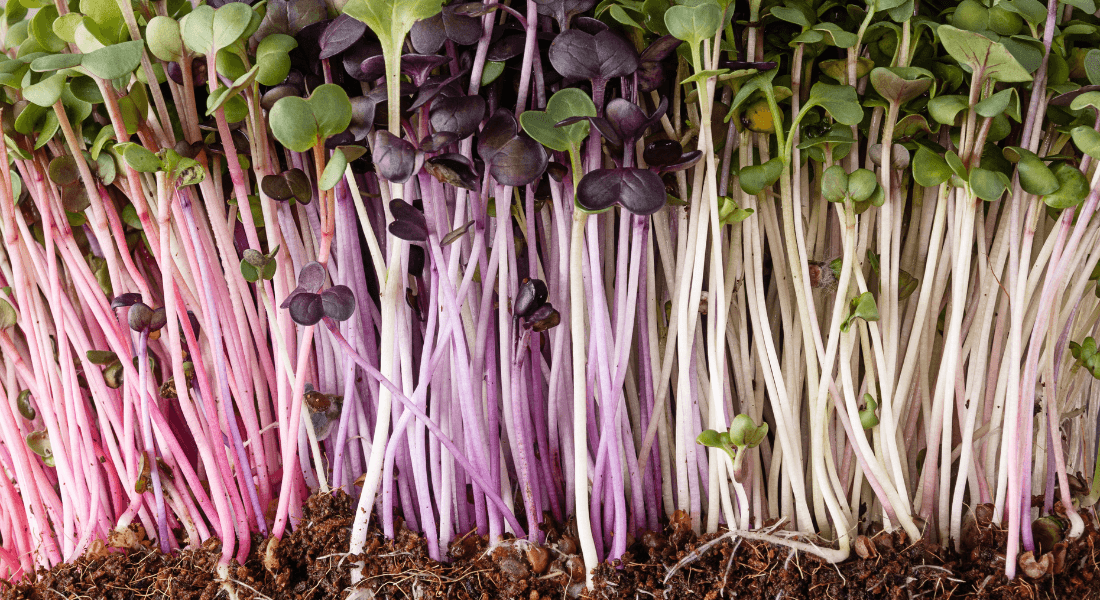PhD defence by Reed Cowden

Evaluating Methods for Optimizing Land Use and Resource Use Efficiencies with Controlled Environment Agriculture and Intercropping
As contemporary food systems produce around 33% of anthropogenic emissions, evaluation of food system design interventions is needed. For instance, one example of this is agroecology, principles of which informed the first project conducted during the course of this PhD, DIVERSify. This project designed plant teams to generate resilient ecosystems and increase the sustainability of agriculture via pea-barley intercropping, which were compared to solecropping systems at different seeding ratios and fertilization levels. The first experiment was undertaken during 2017 and used a split plot design with pea (Pisum sativum) solecrop, barley (Hordeum vulgare) solecrop, and pea–barley intercrop systems as main plots with either 0 kg N ha−1, or 100 kg N ha−1 fertilizer treatments in two 50 kg N ha−1 applications at 30 and 60 days after emergence as subplots. A second set of experiments was conducted in 2019, with two additional fertilization levels, at 50 kg N ha-1 and 150 kg N ha-1, with an additional experimental factor of varied seeding ratios. These experimental results, which were paired with crop system modelling (Daisy) work, can help evaluate the utility of intercropping systems when compared directly to solecropping counterparts and provide valuable data on food production design costs/benefits.
The majority of PhD activity was undertaken during the GOhydro project, which was focused on evaluating production scenarios for microgreens in a climate-controlled environment with programmed LED lighting conditions, referred to as controlled environment agriculture (CEA). Light is a critical parameter to consider within CEA, as different wavelengths can influence both the physiology and morphology of plants and thereby effect outcomes such as biomass or secondary metabolite accumulation. Additionally, plant competition and fertilization dynamics were evaluated in combination with species interactions. Therefore, the focus of this project’s experimental research was on comparing different light recipes, seeding densities, fertilization levels, as well as resource use dynamics for kohlrabi, mustard, and radish microgreens. Results from a GOhydro literature review, and later experimental work, were used to build statistical models to illustrate how different environmental parameters influenced plant outcomes. These experimental results also provided valuable information about the production dynamics, tradeoffs, and resource use efficiencies of intensified indoor food production systems. These results were also compared with field-scale studies in the PhD thesis, where possible, to highlight some of the benefits, and costs, of these food production systems.
Assessment Committee
Christian Andreasen, Associate Professor, Department of Plant and Environmental Sciences, University of Copenhagen
Birte Boelt, Professor, Department of Agroecology-Crop Health, Aarhus University
Francesco Orsini, Professor, Department of Agricultural and Food Sciences, University of Bologna
Supervisor
Christian Bugge Henriksen, Associate Professor, Department of Plant and Environmental Sciences, University of Copenhagen
Time & venue
Friday 31 January 2025 at 15:00
A8-18.02, Højbakkegård Allé 17, 2630 Taastrup
